PRODUCT DESCRIPTION
What is reinforced cement grout? And how is its formulation?
Reinforced Cement Grout is a specially formulated mixture consisting of Portland cement, micro silica, fibers, special sand, super lubricant, and other essential chemical additives. This grout exhibits exceptional resistance and controlled expansion, compensating for cement mortar’s natural volume loss. It undergoes gas expansion shortly after being placed in the mold, ensuring optimal performance. Compatible with reinforced concrete, brick, and wood, this grout surpasses ordinary cement grout by being suitable for structures exposed to vibrations and impacts. Moreover, it provides an economical alternative to epoxy grouts. Additionally, the enhanced strength of reinforced cement grout allows for achieving the required resistance with a smaller quantity of grout. In certain cases, fiber-reinforced grouts can effectively replace metal bars.
VOLUME CALCULATION
Accurately calculating and estimating the necessary volume of grout is of utmost importance. To simplify this process, Afzir Retrofitting Company has developed an online calculator tool that assists in determining the required amount of grout based on the specific implementation conditions of your project.
PURCHASE PRICE
The price of Reinforced Cement Grout, known as FCG™ code, is calculated per kilo and can be acquired in either kilo or bag quantities. For information on purchasing procedures and pricing details, please feel free to reach out to our experts.
Features
- Improved mechanical properties with added fibers.
- High durability and final strength.
- Easy to use and install; requires water mixing.
- Rapid resistance development for efficient progress.
- Non-corrosive; compatible with iron and steel.
- No shrinkage or cracking post-hardening.
Reduced permeability compared to standard mortars. - Concrete-like consistency without super lubricants.
- Potential for faster construction.
- Good resistance to climate change.
Applications
- Suitable for installing vibrating industrial machines such as: Generators, Turbines, Compressors, Diesel engines, Crane rails, Stone crushers
- Structures that are affected by high vibrations and shocks
- Suitable for filling deep gaps and cracks in the floor and wall and the space around the reinforcements
- Columns of prefabricated buildings
- machinery baseplates foundation
Packaging
- One-component bags
Colour
- Grey slurry (after mixing)
technical specifications
|
Physical state |
grey powder |
|
Mixing ratio |
16:100 |
| Initial setting time |
5-8 hours |
|
Final setting time |
6-9 hours |
| Pot life |
25 min |
|
density |
2.28Kg/L |
|
compressive strength |
88MPa |
| tensile strength |
20MPa |
- Familiarize yourself with specifications and guidelines for Reinforced Cement Grout (FCG™ Code).
- Conduct thorough site inspections and assessments before application.
- Ensure surfaces are clean, dry, and free from contaminants.
- Follow recommended mixing ratios and techniques for proper consistency.
- Use appropriate safety equipment during handling and mixing.
- Apply grout evenly and fill gaps, cracks, and voids.
- Monitor and control curing conditions for optimal strength development.
- Regularly inspect cured grout for defects and take remedial measures if needed.
- Stay updated on industry advancements and best practices.
- Collaborate and communicate with other professionals for integration into project design.
- In this section, we will cover the grouting recipe, including minimum and maximum execution thickness and temperature recommendations.
- Minimum execution thickness: The recommended minimum thickness for the gravity grouting method is 25 mm.
- Maximum execution thickness: The maximum thickness for the gravity grouting method is advised to be around 100 mm.
- For the gravity grouting method, it is suggested to have a minimum thickness of approximately 25 mm for a flow length of 300 mm. With every additional 300 mm of run length, the thickness should increase by approximately 13 mm, reaching a maximum thickness of approximately 100 mm.
- Grouting is not recommended at temperatures below 5 degrees Celsius. (The suitable temperature for grouting is above 5 degrees Celsius.)
Substrate Preparation:
- Clean the concrete surface, removing dust, oil, and damaged areas.
- Chemicals may be used for cleaning the concrete surface.
Mixing:
- Mix the powder of reinforced cement grout with an adequate amount of water to achieve a homogeneous and uniform mixture.
- Avoid adding excessive water, as it can reduce the compressive strength of the grout.
Grouting:
- Continuously pour the mixed grout from one side to eliminate air entrapment.
- Maintain a continuous grouting process.
- Ensure sufficient grout is available before starting.
- Consider the pot life of the grout product during the grouting process.
Curing of Reinforced Cement Grout:
- Apply a suitable curing method to preserve moisture in the grout.
- Use special curing agents or cover the grout with a wet sack after pouring.
- Continue the curing process for up to three days, depending on weather conditions.
- Afterward, the grout will achieve a good compressive strength suitable for loading.
- Safety precautions: Avoid skin and eye contact; wash with soap and water if contact occurs.
- Familiarize with product information: Read precautions, specifications, and properties before use.
- Mixing consistency: Thoroughly mix the grout to desired consistency and follow the water-to-powder ratio.
- Application thickness: Measure and verify grout thickness at regular intervals.
- Adhesion and bonding: Inspect grout adhesion and bonding to the substrate, especially at edges and joints.
- Air entanglement: Monitor and minimize air entrapment or voids during the grouting process.
- Curing and drying time: Follow recommended curing and drying time for proper grout development.
- Visual inspection: Regularly inspect grouted areas for defects, cracks, and unevenness.
- Documentation and record-keeping: Maintain detailed records of quality control inspections and actions taken.
- Regular communication: Maintain open contact with the project team to address concerns and deviations.
technical documents
Photo Gallery
Technical documentation request




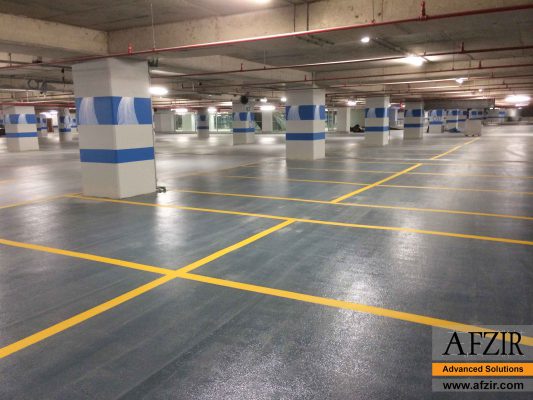








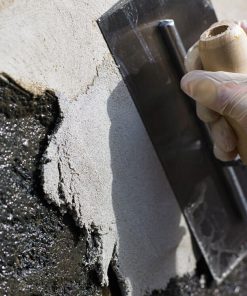

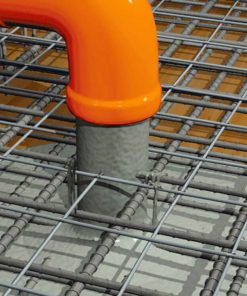
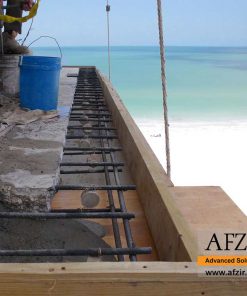
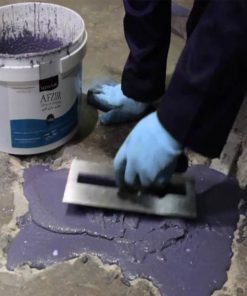


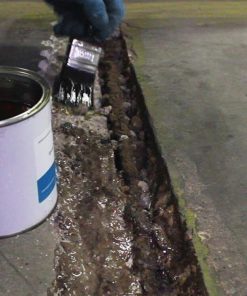
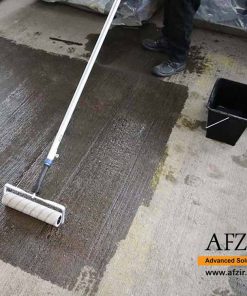

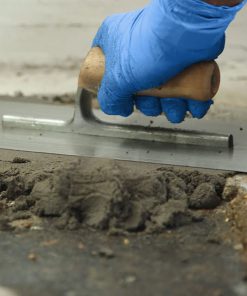
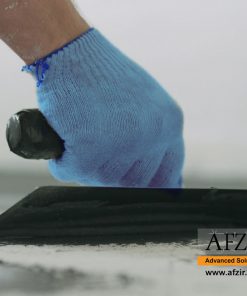

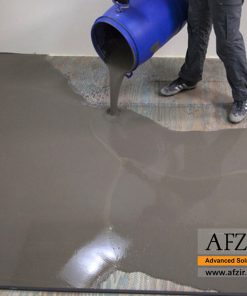
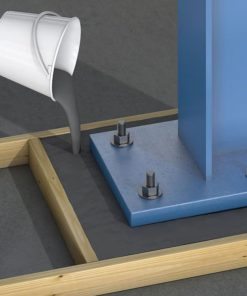
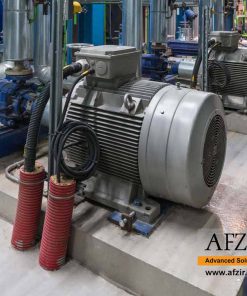
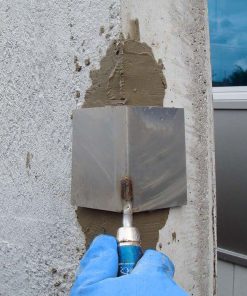
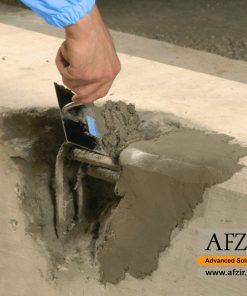
Be the first to review “Fiber Reinforced Cementitious Grout”